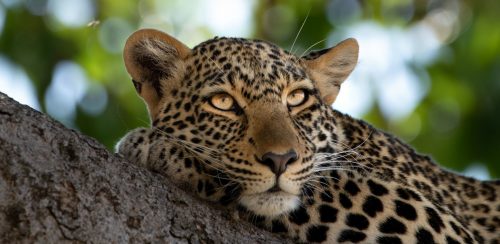
This week, we reach an incredible milestone: our 200th edition of This Week at Angama. 1 400 days spent documenting the magic of the Mara ecosystem, getting to know the animals we share this beautiful land with and telling their stories. Week by week, we form an archive that will outlive them — immortalising those that have come and gone and honouring the living legends that still roam.
In this momentous edition, we chose to reflect on some of the most memorable experiences this rich land has bestowed upon us and the icons we have come to know during our time here.
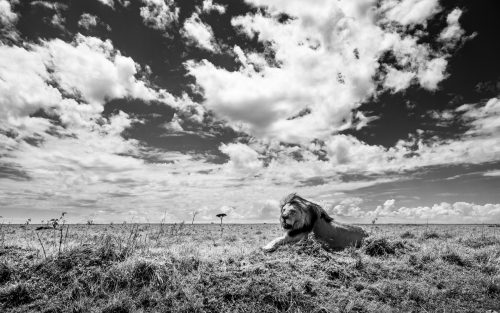
Residing in the areas surrounding Angama, the Bila Shaka Males have made a regular appearance in our weekly blogs. We have loved spending time with this powerful coalition, who are truly making their mark in the Triangle. Many drives have been spent with Chongo, Koshoke and Kibogoyo, whereas Doa and Kiok appeared less frequently. The Bila Shakas control the Paradise Pride and for that reason, they move between the Reserve and the Triangle. Doa and Chongo in particular have won our hearts; it’s safe to say these lions are in the prime of their lives. Sired by the legendary Lolparpit and Olbarnoti, the Bila Shaka Pride are already following in their fathers’ footsteps.

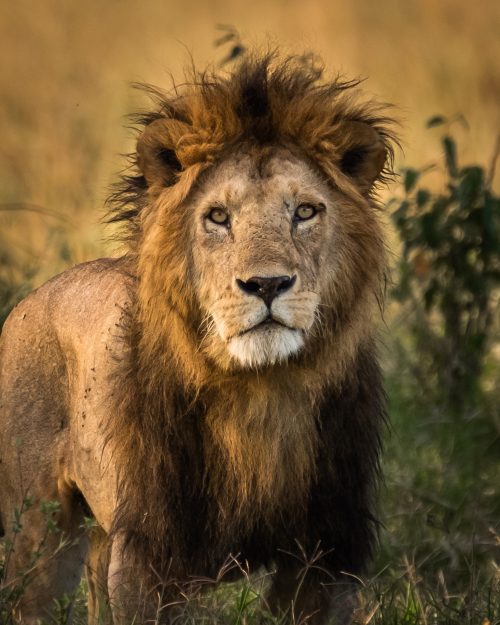

The five brothers display immense power and are seasoned big game hunters. This week they took down an adult giraffe on the banks of the Mara River as well as a big male buffalo recently. These boys are about as bold as they come.
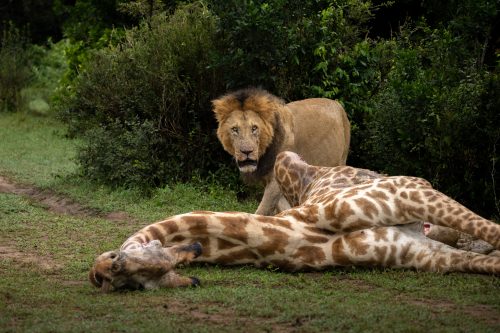
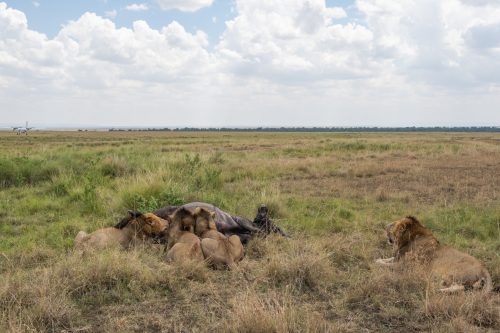
Since our arrival, the Inselberg Males quickly became one of our favourite prides. They get their name from the area they control, the inselbergs — isolated rocky hills found close to the border with Serengeti. This coalition comprises five males - Ruka, Manywele, Slitlip, Nusu and an unnamed male, however, we are yet to see them all together at one time. Their names are derived from the physical attributes that set them apart from one another. Take for example Slitlip, a very distinctive male with a big slit on his upper lip. They are definitely the most striking coalition around and some of the largest lions we have ever seen.
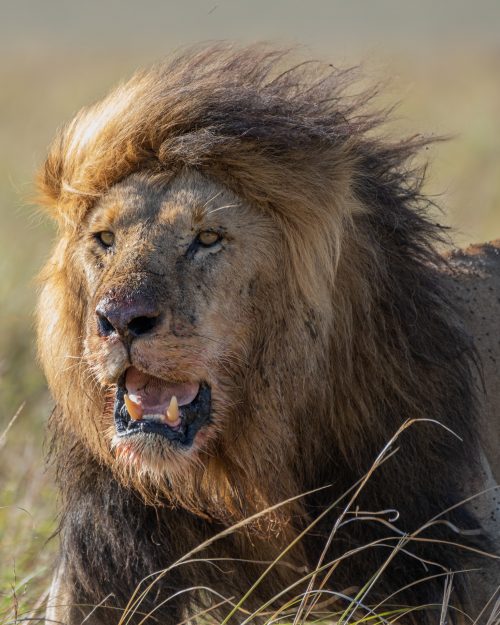

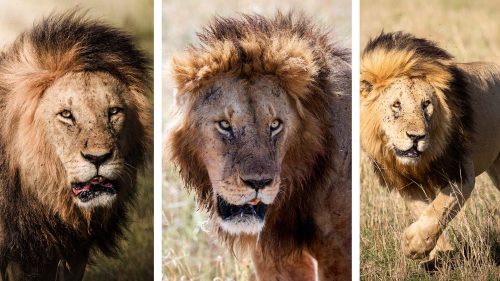
Not to be forgotten are the leopards of the Mara. Certain individuals, such as the Salt Lick Female and her cub, have stolen the show, giving us incredible sightings whenever we have been fortunate enough to cross paths with them. These two have a huge territory of approximately 91sqkm, so we’ve seen them quite literally all over the Triangle. Their boldness has been the icing on the cake, as each sighting has been photographically rewarding.
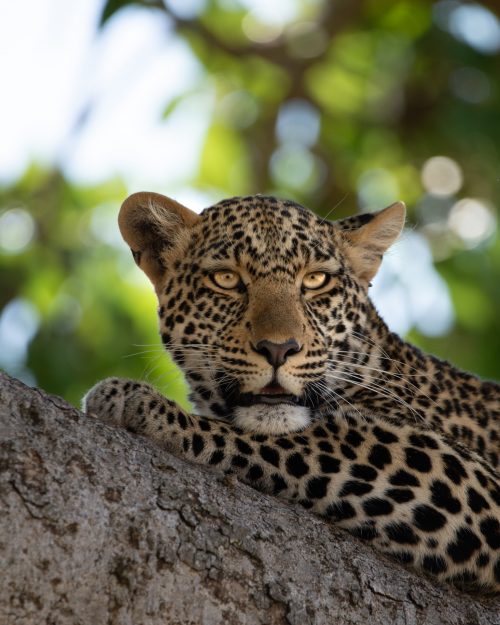
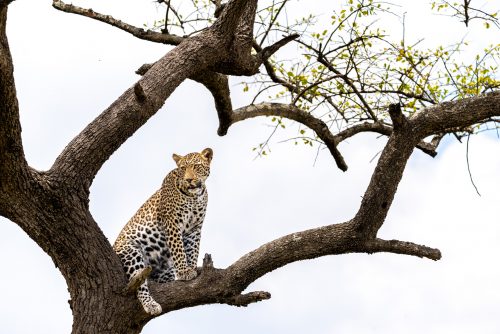
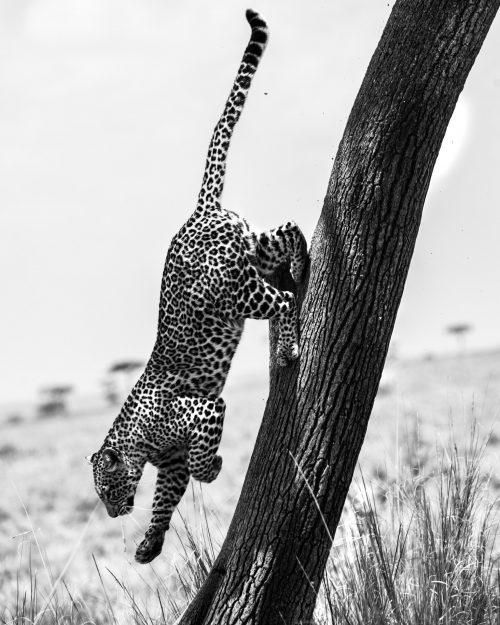

Leopards tend to be the most sought-after animals by safari lovers. During a most memorable drive (which conveniently happened to be this week), we encountered two different leopards along the same stretch by the Mara River — an unbelievable start to the day. The first was perched upon a tree, watching a herd of zebras inquisitively, before making a sharp descent and vanishing into the thicket. Shortly thereafter, while exploring some of the back roads, I encountered Shujaa. He’s the dominant male controlling a large territory adjacent to the Mara River. At 10 years old, he’s well established, built like an apex predator and a stealthy hunter who makes the most of Migration season by hunting at crossing points.
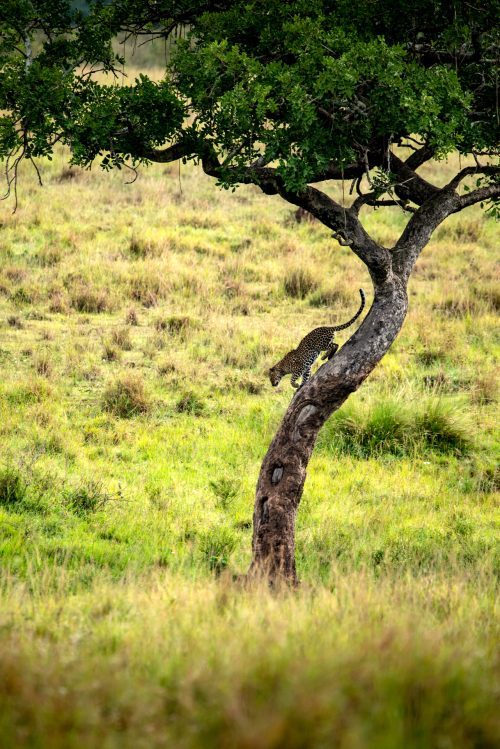



We are always fascinated by these big cats when we encounter them, their beauty and power is something to behold though there is a dark side that is sometimes hard to bear, as the urge to ensure their legacy makes them do the unthinkable. We found this little cub with its very shy mother, the Maji Machafu Female on a tree with a kill. Immediately, the mom dropped and hid in the creek right under the tree. The cub was clever to stay put atop the tree as we had spotted some loitering hyenas clearly attracted by the smell of the carcass. Two days after taking these photos, Shujaa came across this mother and cub, killing and devouring the cub. A sad ending to what could have been a star of the Triangle.
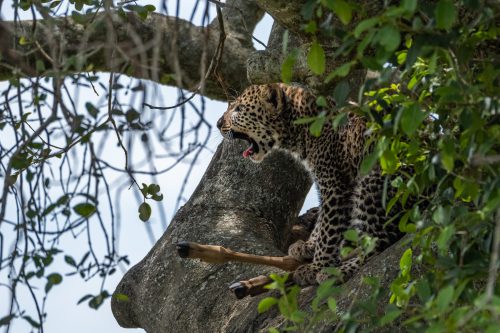
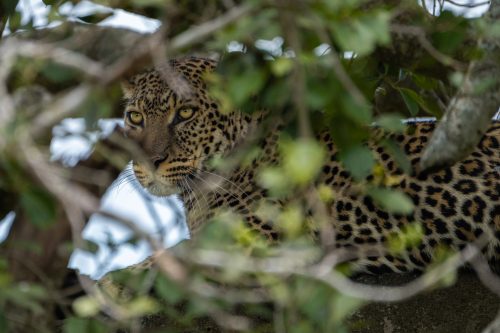
One of the most distinguished leopards in the Mara Triangle is the legendary Shepherd Tree Male. He is probably the oldest leopard in the entire Mara ecosystem and seemingly past his prime, however, he still holds a strong presence. This is not your ordinary skittish leopard, he never shies away from an audience and occupies a massive home range which is thought to be about 300sqkm.
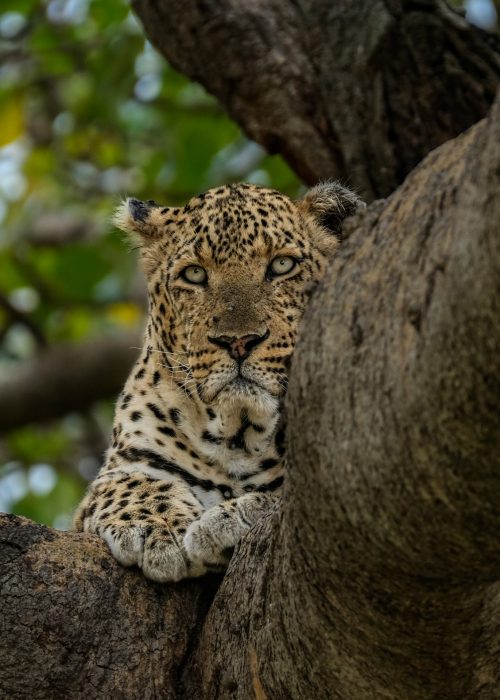

The magic of the Triangle goes beyond the wildlife at times, with the landscapes and sky playing a significant role in helping us capture some of our best images. Some days it is difficult to comprehend the beauty before our eyes. The kind that enriches the soul. So, we did what we do best — try to capture it.


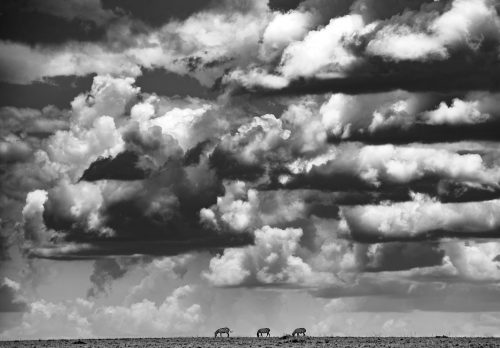
Filed under: This Week at Angama
Subscribe for Weekly Stories
Comments (3):
16 January 2022
Dear Robert - dear Eric God bless you and your visions. Maybe we will see us again for a tusker. Bernd from Germany
6 December 2021
Congratulations on this milestone! The diversity of the blog does it justice! Long may you continue taking us around your playground, capturing the beauty and introducing us to all these wonderful inhabitants

Out of Africa